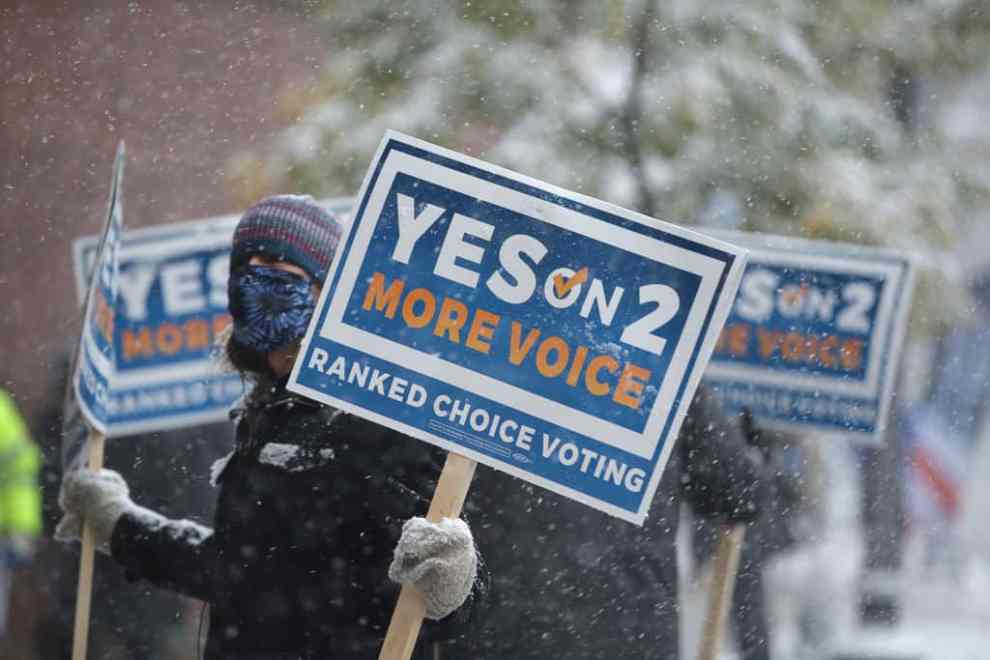On June 22nd the next Mayor of New York City will be decided by ranked choice voting for the first time in the City’s history. What does that mean?
Rather than selecting one candidate that you’d prefer to be the next Mayor, voters will rank the candidates based on who they’d most prefer to be the next Mayor. Meaning that if there is more than one candidate who you think would do a good job, you can still support them by voting for them as your second, third, fourth, or fifth option.
The decision to switch to ranked choice voting was decided by NYC voters in a 2019 ballot measure that passed by more than 70%. Voters in the Bronx and Queens have already used ranked choice voting in special City Council elections.
How does it work?
The NYC Civic Engagement Commission explains: “You can rank up to five candidates in order of preference, instead of choosing just one. If a candidate receives more than 50% of first-choice votes, they are the winner. If no candidate earns more than 50% of first-choice votes, then counting will continue in rounds. At the end of each round, the candidate with the fewest votes will be eliminated. If you ranked that candidate first, your vote will go to the next highest ranked candidate on your ballot. This process will continue until there are 2 candidates left. The candidate with the most votes wins.”
This means that NYC voters are able to support up to five mayoral candidates in the June 22nd Election. This switch in format could allow for higher levels of support for lesser known candidates, as well as a way for like-minded groups to politically align with multiple candidates.
In very HOT 97 terms, rather than deciding who the GOAT is, you’re ranking your favorite rappers. Rather than picking Jay-Z or Biggie as the GOAT, you get to support Jay-Z, Biggie, and less likely candidates like Mase, Flatbush Zombies, and Tony Yayo.
Why use ranked choice voting?
This process is used to better understand the intentions of the voter. A ranked choice model provides more data on what voters prefer, rather than being left with the two highest vote getters. Ranked choice voting helps to deter negative campaigning, promote majority support of the winning candidate, and provides more choices for the voters.
In larger political races, voters are often forced to gauge the electorate for the “most electable candidate.” Ranked choice voting helps to soften that effect which dissuades vote-splitting and opens the field to more candidates.
How could this affect the NYC Mayoral race?
Politically there is a wide gap between candidates running in the Democratic primary for Mayor of NYC, meaning there are many moderates and many progressives. It will be interesting to see how many progressive voters wholly pick progressive candidates and vice versa with more moderate voters. The wild card in this situation is Andrew Yang, whose politics are not necessarily mappable on the progressive to moderate scale.
Candidates Maya Wiley and Dianne Morales will have a lot of crossover from progressive voters, and similarly Ray McGuire, Eric Adams, and Kathryn Garcia will have the support of moderates.
This Mayoral Race is intriguing, with an anticipated one million voters coming out on June 22nd this will surely be one of the largest ranked choice elections in American history.

